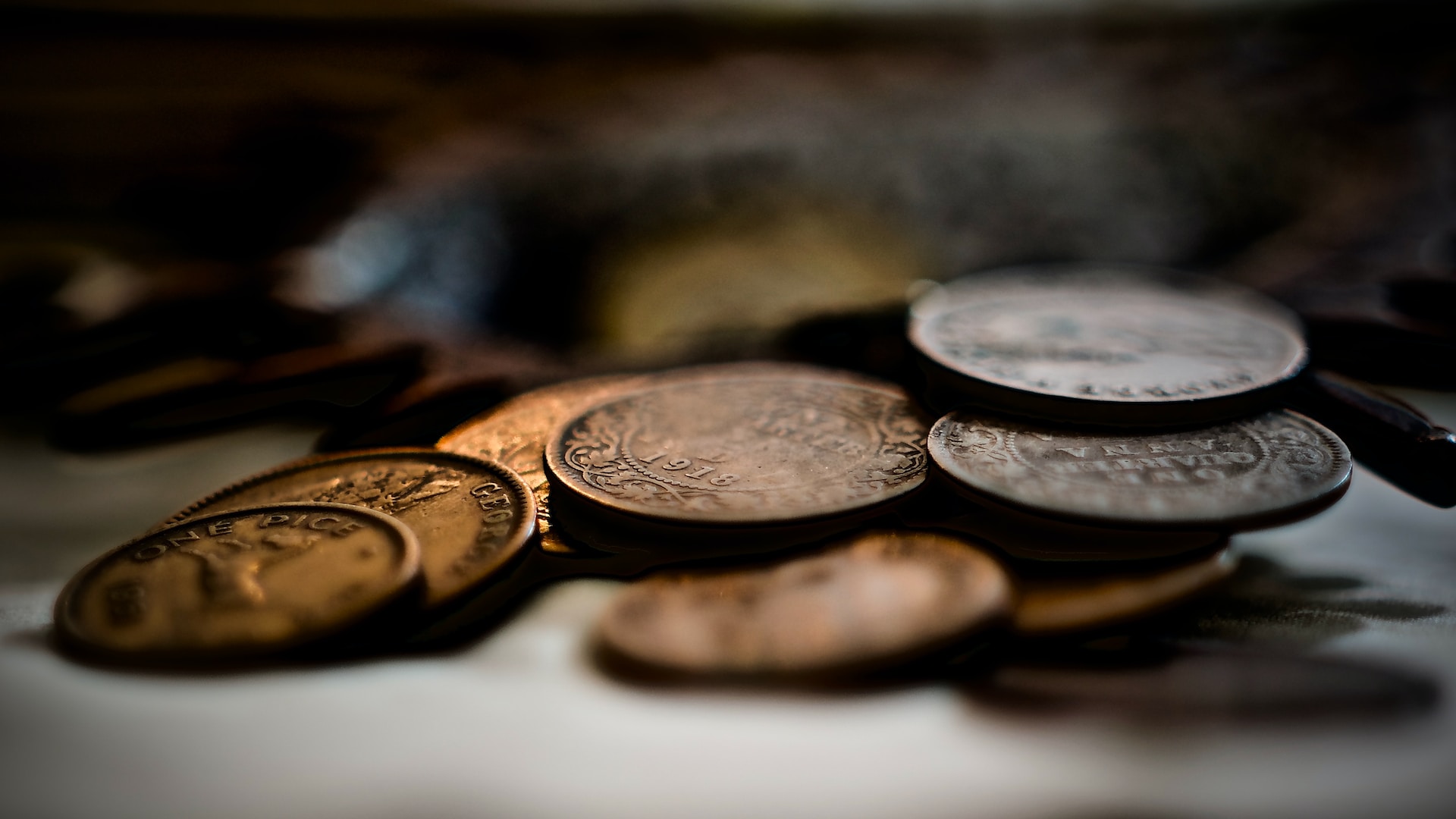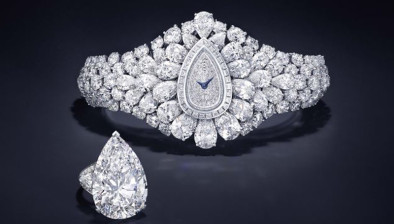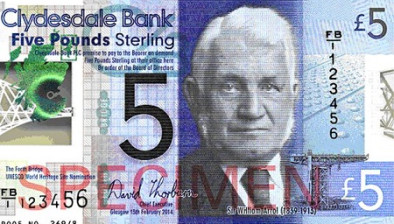And finally… mint condition

The first part of a large collection of Scottish coins dating from the period of William the Lion through to James V (c. 1180-1540) and amassed over the last 50 years will be offered at Noonans Mayfair in a single-owner sale titled A Collection of Scottish Coins, the Property of a Gentleman (Part I).
The first sale, commencing 24 January, will comprise 180 lots and is estimated at £60,000-80,000.
The collector, who wishes to remain anonymous concentrated on collecting silver coins (first pennies or sterlings, then in later reigns buying predominantly groats). It is a very commercial selection and with interest in Scottish coins still very strong, Noonans anticipate keen competition from dealers and collectors alike, both at home and abroad.
Highlights include an excessively rare and important sterling from the first coinage of Alexander III (1249-1286) from the Kinghorn mint in Fife, estimated at £1,200-1,500. This is the place where Alexander is known to have died in a riding accident on a stormy night in March 1286.
Elsewhere in the group, there is a rare and superb Robert the Bruce silver penny from the mint of Berwick. This is estimated at £1,200-1,500.
Jim Brown, coin specialist, Noonans, commented: “A giant in Scottish history, in his reign Robert the Bruce fought tirelessly to reinstate Scotland as an independent country, culminating in the defeat of the English under Edward II at the Battle of Bannockburn in 1314 where the Scots were outnumbered three to one.”
From the reign of Robert the Bruce’s successor, David II (1329-1371) is a rare First issue Halfpenny expected to fetch between £1,200-1,500.
A very rare groat of Robert II (1371-1390) from the Dundee mint – which only operated for a short time – is estimated at £1,000-1,200, while from the reign of James I (1406-1437) a First Fleur-de-lis issue Groat from the Edinburgh mint decorated with saltires, and the only specimen struck from this die-pairing, is estimated at £400-500.
An extremely rare second issue groat dating from the 1450s during the reign of James II (1437-1460) and from the Edinburgh mint is estimated at £1,000-1,200. Also from Edinburgh is a very rare groat from the reign of James III (1460-1488) dating from 1471-83, with distinctive large thistle-head decorations on the reverse. This carries an estimate of £1,200-1,500.
From the following reign, an example of a rare light coinage groat of James IV (1488-1513) produced at the Edinburgh mint is estimated at £1,200-1,500.
Mr Brown commented: “Scottish Parliament records show that a new coinage was being ordered in June 1496, suggesting this may well be the date for the introduction of the light coinage.”
One of the later coins in the collection is a groat from the reign of James V (1513-1542) from the Holyrood Abbey mint which carries an estimate of £1,200-1,500.
Mr Brown concluded: “The portrait used in the early stages of the groat coinage is notable in that it can bear no possible resemblance to the King himself, who was only 14 years old at the time!”









